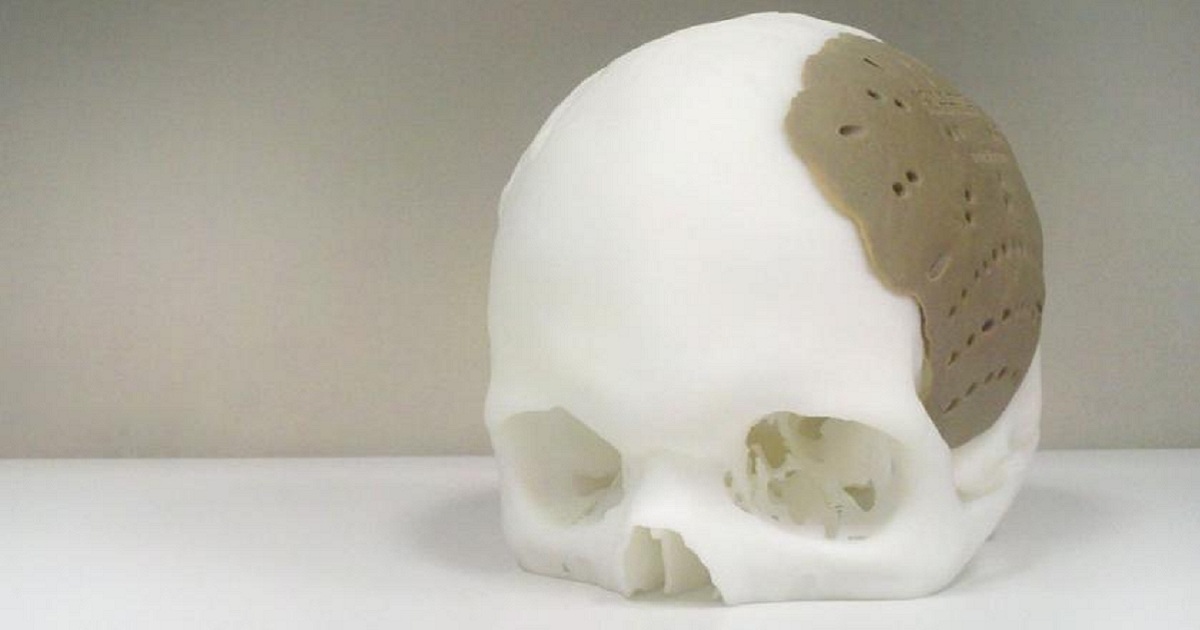Biofunctionalized ceramics for cranial bone defect repair – in vivo study
Phys.org | February 28, 2019

Advances in materials science and production technology have enabled bone tissue engineering (BTE) strategies that generate complex scaffolds with controlled architecture for bone repair. The novel biomaterials can be further functionalized with bioactive molecules for biocompatibility by enhancing osteoinductivity (induce osteogenesis to initiate bone healing). In a recent study published in Multifunctional Materials, IOP Science, Arun Kumar Teotia and co-workers at the Departments of Bioengineering, orthopedics, chemical engineering, and biomedical engineering, in India, Finland and Sweden developed a novel, multifunctional, bilayered composite scaffold (BCS). The novel material contained ceramic nano-cement (NC) and the macroporous composite scaffold (CG) to mimic bone architecture during bone repair. To functionalize the scaffolds, the materials scientists added recombinant human bone morphogenetic protein-2 (rhBMP-2) (BMP) and zoledronic acid (ZA). The scientists proposed that the composite scaffolds would support the proliferation of osteoblast progenitor cells, alongside the controlled release of loaded bioactive molecules to induce bone regeneration. Scientists in the same research team had previously developed a similar multifunctional material to test its initial impact during an in vivo pilot study.